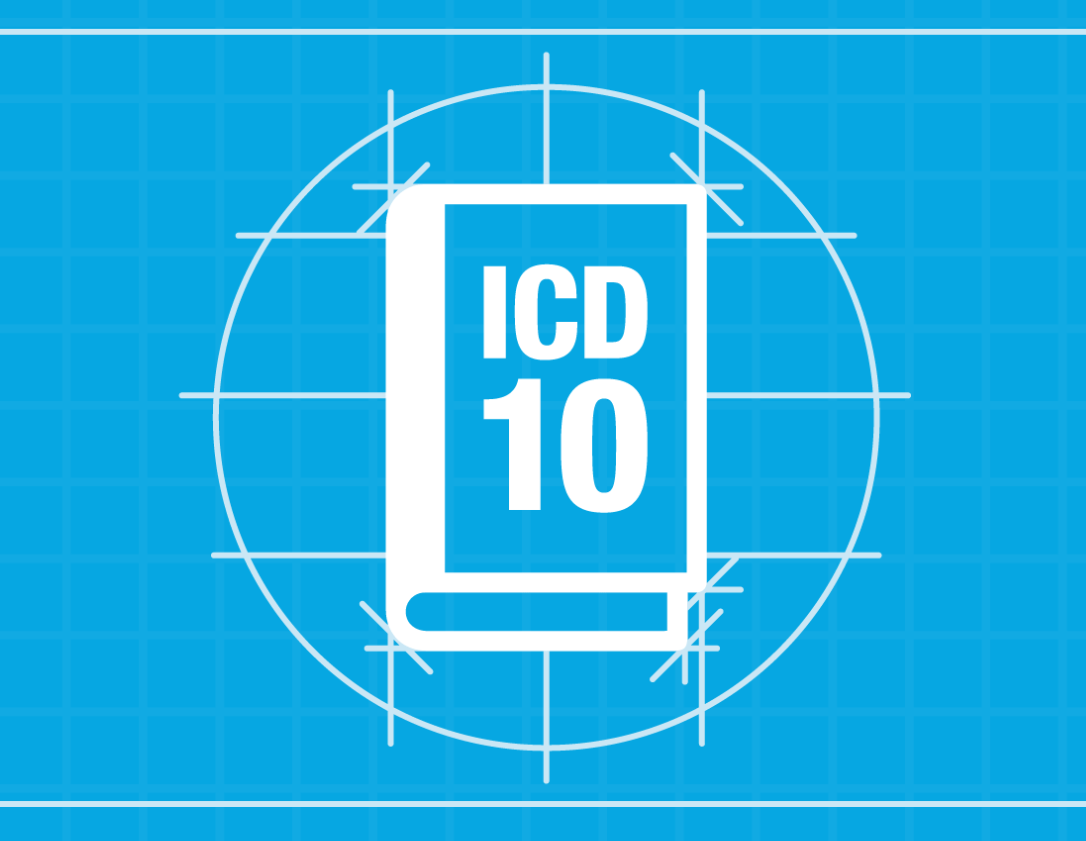Process Optimization is continuously adapting processes that help improve your business succeed. To begin, identify strong and weak processes within the current system. Analyze each process to make sure nothing is missed.
For any business to attain efficiency, the process of business must be properly optimized and upgraded whenever it is crucial for the line of business. The major reason to optimize and upgrade business processes is to achieve the desired results and create a benchmark for the brand amongst the competition.
What is Process Optimization?
The most common goal for process optimization is minimizing cost and maximizing effectiveness, maximizing performance, and the productivity of the process and end output. Process optimization is the implementation of methods or strategies and disciplines to improve specific within the parameters given.
What is Business Process Optimization?
Business Process Optimization is also an of BPM, also known as Business Process Management. Business Process Optimization is generally a practice that is followed to increase organizational efficiency by improving processes. Optimizing our business processes ultimately lead organizations to optimized business goals.
Basically, optimization in businesses might include several things like streamlining business workflow, improving communication, forecasting changes, eliminating crucial areas of errors etc. Managing and Optimizing processes is the most crucial thing which helps companies to attain Digital transformation.
When businesses encounter problems, they must work on the optimization method to solve their problems. There are several methods to start up with business optimization, and there are several methodologies to consider, each providing a unique set of steps and measures to help in increasing productivity and efficiency also optimizing workflow.
There are several composite steps to define the process of optimization for a business:
Step – 1: Identify
This is the most important step, where you must identify the problematic process that has to be optimized and what’s the purpose behind optimizing the process, and what’s the end goal you want to achieve by optimizing the process.
Step – 2: Analyze
The second most crucial part of process optimization is to analyze whether the desired goals are met with the process currently followed. Are there any areas that must be focused on changes, and if there is a waste of resources or power during the optimization, how to handle them? These all are focused on during the analyzing part.
Step – 3: Implement
Once after Identifying the gaps in the current process and developing several test cases for the new process based on business goals, next comes the Implementation. Before implementation, the strengths and weaknesses of the current process are analyzed y thoroughly. After analysis implementation begins and after Implementation, the results are collected, and adjustments are made based on the results to ensure whether it’s working as per the goals set.
Step – 4: Automate and Monitor
In this step, the entire workflow is evaluated, and automation of the process is carried on, reducing the cost, increasing productivity, and establishing a successful process with a minimum margin of error. After automating, next comes the integration part. These steps ensure finding the area of improvement and crucial issues that must be addressed to continue automating properly without error
Basically, monitoring is nothing but taking a detailed look at the process performance and fine-tuning it to meet the desired results which were set.
What are the benefits of Business Process Optimization?
There are several benefits to business process optimization; first and foremost, business process optimization can make your company competitive over time and create a competitive benchmark.
There are several other benefits to business process optimization:
- Cost Reduction
When you set to streamline your process, waste or unnecessary efforts are easily identified, which helps us to find out the area of errors, how resources are used in these areas, the effects on productivity due to these issues, and so on. This process helps us to plan and resolve these issues, thereby reducing expenses.
- Risk Mitigation
Activity mapping is highly crucial; once your activities are mapped, it becomes easier to standardize processes. This helps us to eliminate mistakes and repetition.
- High Efficiency
Business process optimization allows any business to deliver its products and service at maximum efficiency without compromising quality. Because the areas of errors are eradicated, and the process is optimized from end to end to maximize production without sacrificing quality. When we deliver quality that customers seek as service or product providers, it is then we achieve a prominent market position.
- Better Overview and Time Management
Due to process optimization, you get an overview of all processes, which aids integration and optimization of business; overall, when operations are optimized, tasks which don’t add value are eliminated.
- Better Problem-Solving capabilities.
With an end-to-end view of identified problems, Fixing the areas of mistakes at the source becomes easy, and this reduces investment in resources in finding out areas of a problem instead of resolving them
Contact Us
Reach out today to schedule a discussion with an iBridge team member to learn how we can help your business in terms of growth and digital transformation







